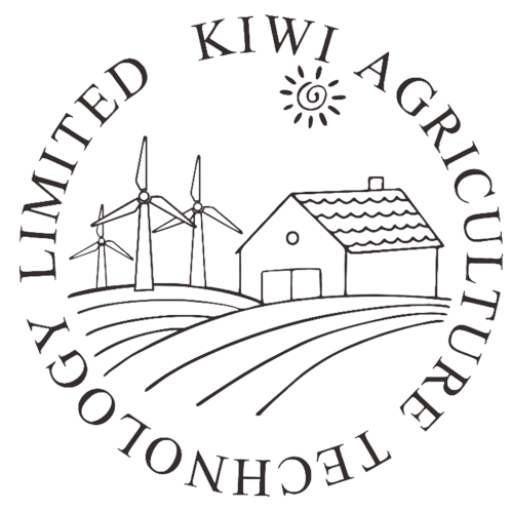Low-Carbon Energy
KIWI develops various environmental energy solutions, utilizing more comprehensive facilities for waste-to-material or waste-to-energy conversion, aligning with the vision of zero landfill in the ‘Hong Kong waste blue rint 2035’
Tidal Energy
01
KIWI constructs artificial beaches and small dams, utilizing the height difference between the dam and the water surface. By combining artificial water flow mechanisms and natural tidal movements, we cleverly use the water flow to impact underwater power generation panels, supplying electricity to the farm.
Solar Energy
02
Solar energy is a common and highly efficient renewable energy source. Strange Farmers makes the most of every valuable piece of land by installing the latest solar panels in suitable locations, including the rooftops of covered structures.
Wind Energy
03
KIWI constructs wind turbines at various development projects and installs informational boards nearby. These boards explain the principles of wind power generation, types of renewable energy, and related information for educational purposes.
Water Conservation
01
KIWI has installed a large rainwater collection system in the new field. The rainwater undergoes a series of procedures, including scientific testing, filtration, and ultraviolet disinfection, to maintain suitable water quality for irrigation and cleaning purposes.
Energy Conservation and Heat Dissipation
02
Inspired by the design of the Hong Kong Wetland Park, the Strange Farmer uses an underground coil cooling system in the new field, reducing electricity consumption by over 25%.
Energy-efficient buildings
03
KIWI’s buildings are all designed with energy efficiency in mind. In addition to having specially designed greenhouses, the structures on the farm use double-glazed or composite panel materials that provide insulation and soundproofing. This effectively reduces the temperature in covered areas and minimizes the electricity needed to maintain a suitable temperature. Additionally, the use of natural light and sensors helps further reduce lighting consumption.
© 2024 Kiwi Agriculture Technology Limited
